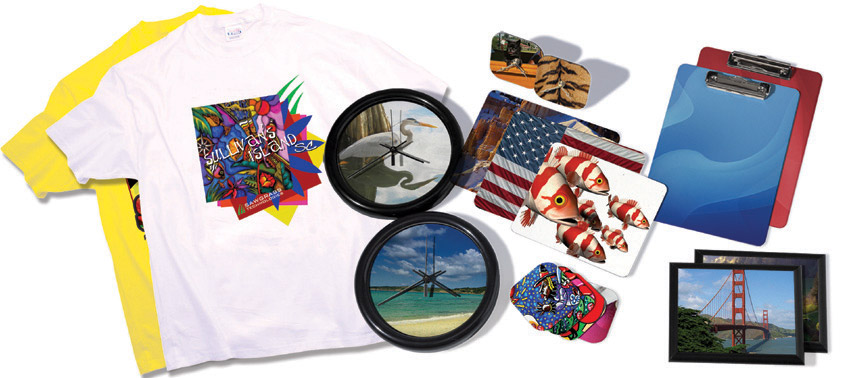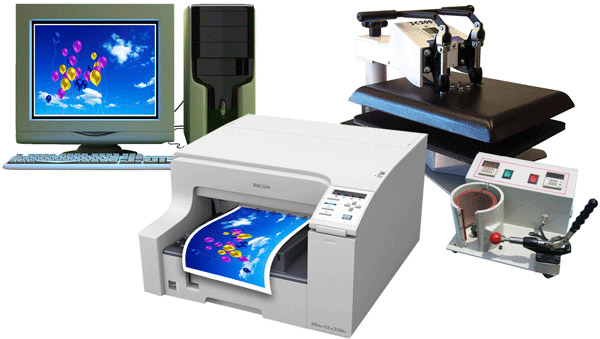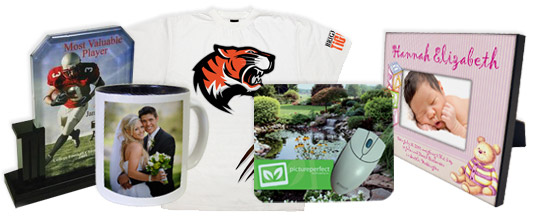Sublimation Training Videos & More
 |
You are wanting to get into the sublimation business and the big question is, where do I get sublimation training? It's a very important and obvious question, so this article is designed to help you better understand the business you are getting into, and its potential. Most importantly, what is the best way to get sublimation training. |
What is sublimation?Let's start with the basics, what exactly are we talking about when we say 'sublimation'? |

|

|
Where do you get the best sublimation training?When you purchase a sublimation printer from ColDesi, you will get training on how to sublimate. Training includes courses and the ability to contact support agents for free. |
What are the sublimation training steps for a t-shirt?
TIPS:
|
What are items besides t-shirts that are popular to sublimate?
The ideas for sublimation are endless, so be sure to keep up to date with available blanks. |
|
Sublimating Training for Hard Poly Fiber SubstratesTemperature: 400°F (195-200°C) Time: 55-75 Seconds Pressure: Medium Examples of hard poly fiber substrates also known as FRP (fiberglass reinforced plastic) are: awards, plaques, coasters, signage, name badges, license plates, etc.
Notes:
|
 |
|
|
Here are some great sublimation training tips:
There are so many things to learn about sublimation when you get training, but as you can see from the above, its all relatively the same process. First you print with a sublimation printer on sublimation paper, then use a heat press to apply it to your sublimatable item. Learn more about sublimation with ColDesi |

